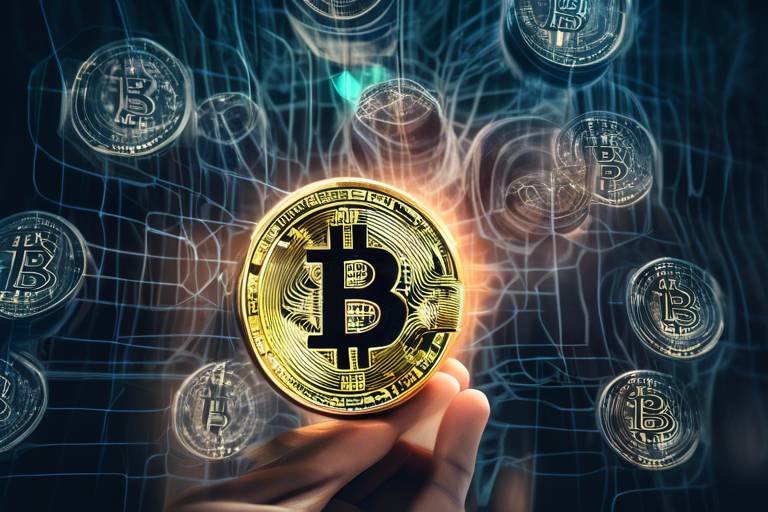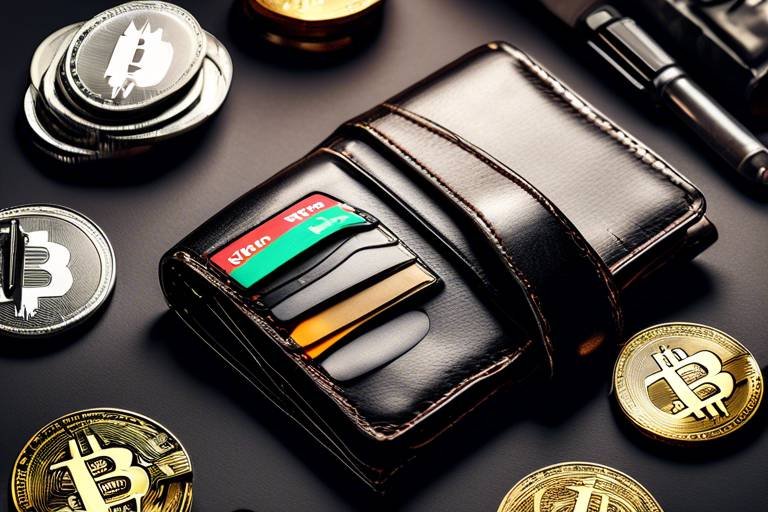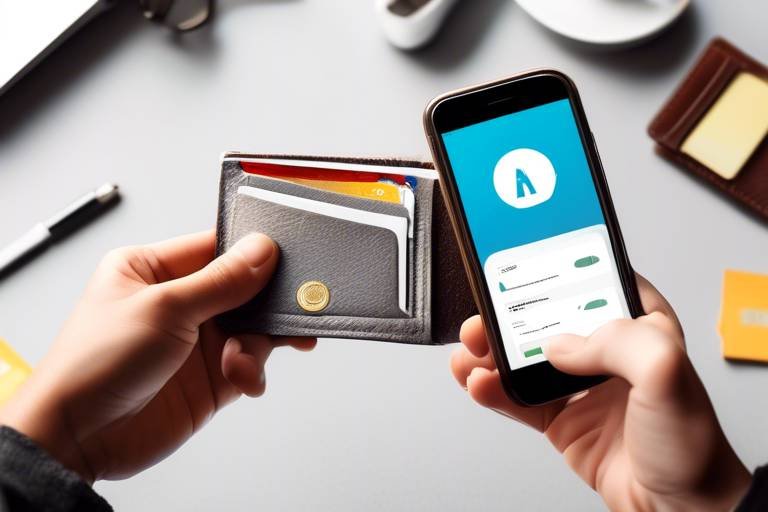How to Create a Wallet for Limited-Edition Releases
In today's digital age, the excitement of collecting limited-edition releases has transcended traditional boundaries, moving into the realm of digital assets. Whether you're an avid collector of digital art, exclusive music releases, or rare in-game items, having a secure and efficient digital wallet is essential. But how do you go about creating a wallet tailored for these unique assets? This article will guide you through the essential steps to set up a digital wallet specifically designed for limited-edition releases, ensuring that your collection remains secure, accessible, and easy to manage.
Imagine your digital wallet as a treasure chest, carefully crafted to house your most prized possessions. Just as a physical treasure chest needs to be sturdy and secure to protect its contents, your digital wallet must also be fortified against potential threats. So, let’s dive into the world of digital wallets, explore their types, and understand how to set one up that caters to your collecting needs.
Digital wallets serve as essential tools for managing cryptocurrencies and digital assets. They function as software applications that store your private and public keys, allowing you to send, receive, and manage your assets seamlessly. Think of it as a virtual bank account that enables you to interact with the blockchain, keeping your valuable collectibles safe while giving you the ability to trade or sell them at a moment's notice. In the world of limited-edition releases, where timing can be everything, having a reliable digital wallet is crucial.
The importance of digital wallets extends beyond mere convenience. They provide a layer of security that is vital in protecting your investments from theft or loss. With the growing popularity of limited-edition releases, the demand for secure digital wallets is on the rise. Understanding the different types of wallets available will help you make an informed choice that aligns with your collecting goals.
When it comes to digital wallets, you have two primary types to consider: hot wallets and cold wallets. Each type has its own set of advantages and disadvantages, and the right choice for you will depend on how you plan to use your wallet and the level of security you desire.
Hot wallets are connected to the internet, offering convenience for quick transactions. This makes them ideal for collectors who frequently buy, sell, or trade limited-edition releases. However, this convenience comes with potential risks. Just like leaving your door unlocked might invite unwanted guests, keeping your digital assets in a hot wallet can expose them to hackers. Therefore, understanding the benefits and risks associated with hot wallets is crucial.
Implementing security measures is essential when using hot wallets. Here are some best practices to enhance your wallet's security:
- Two-Factor Authentication (2FA): Always enable 2FA for an extra layer of security.
- Regular Software Updates: Keep your wallet software updated to protect against vulnerabilities.
- Phishing Awareness: Be cautious of unsolicited emails or messages that may attempt to steal your credentials.
Some of the top hot wallet options available today include:
| Wallet Name | Features | User Experience |
|---|---|---|
| MetaMask | Easy integration with DeFi platforms | Highly rated for user-friendliness |
| Exodus | Built-in exchange feature | Visually appealing interface |
| Trust Wallet | Supports a wide range of cryptocurrencies | Strong community support |
On the other hand, cold wallets are offline storage solutions that provide enhanced security. They are like a safe deposit box for your digital assets, protecting them from online threats. If you plan to hold your limited-edition releases for the long term, a cold wallet may be the best choice to ensure their safety.
Now that you understand the different types of wallets, let's discuss the critical steps involved in setting up your digital wallet securely and efficiently. The process may seem daunting, but with the right guidance, you can have your wallet up and running in no time.
A strong password is vital for wallet security. Think of it as the key to your treasure chest; if it’s weak, anyone could easily access your valuables. Here are some tips for creating a secure password:
- Use a mix of upper and lower case letters, numbers, and special characters.
- Avoid using easily guessable information, such as birthdays or names.
- Consider using a password manager to generate and store complex passwords.
Backing up your wallet is crucial to ensure you can recover your assets in case of loss. There are various backup methods available, such as writing down your recovery phrase and storing it in a safe place or using a hardware wallet for added security. Always familiarize yourself with the recovery options provided by your wallet, as this knowledge could save you from potential headaches in the future.
1. What is a digital wallet?
A digital wallet is a software application that allows you to store, send, and receive cryptocurrencies and digital assets securely.
2. Are hot wallets safe?
Hot wallets are convenient but come with risks. Implementing security measures can help mitigate those risks.
3. How do I back up my digital wallet?
You can back up your wallet by writing down your recovery phrase or using a hardware wallet for offline storage.
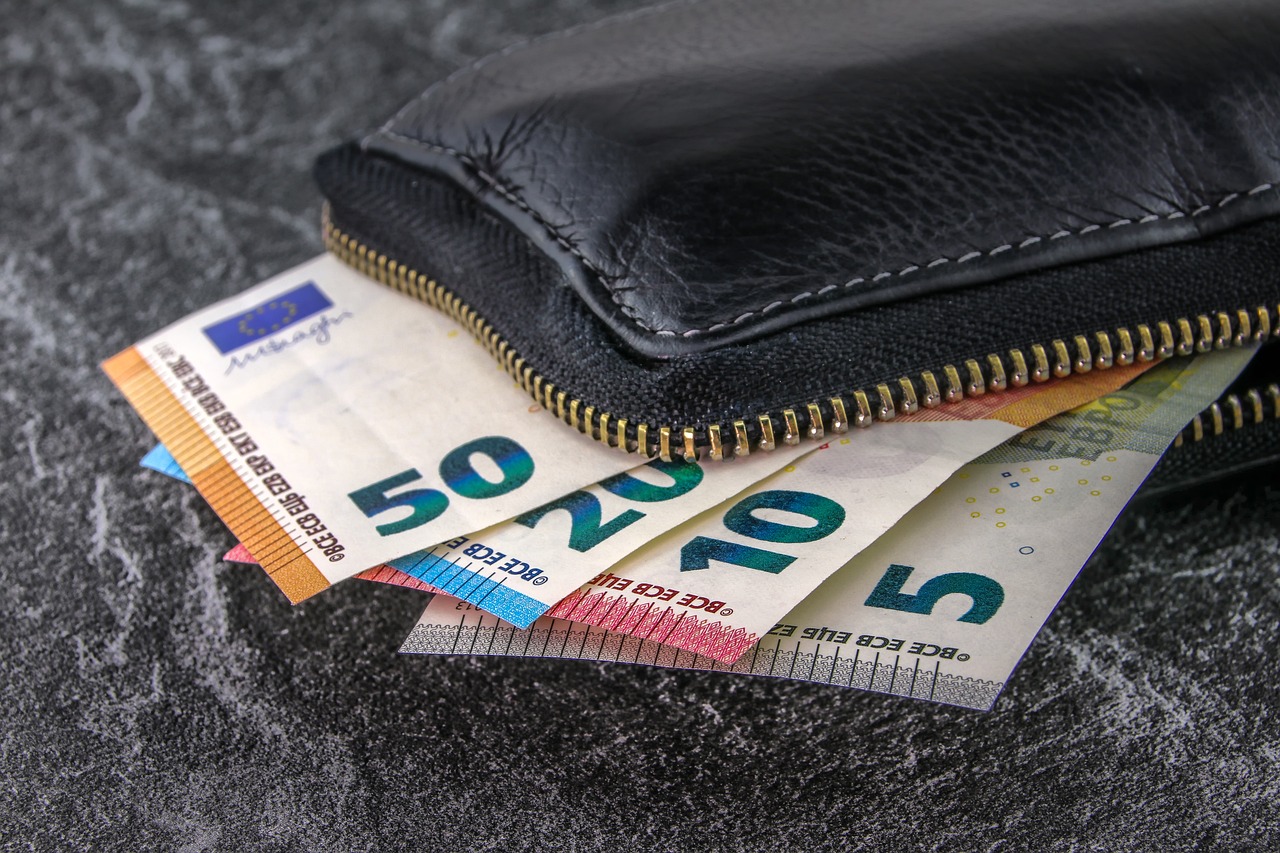
Understanding Digital Wallets
Digital wallets have become indispensable in today’s tech-savvy world, especially for those diving into the realm of cryptocurrencies and limited-edition digital assets. But what exactly is a digital wallet? In simple terms, it’s a software application that allows you to store, send, and receive digital currencies. Imagine it as your virtual bank account, but instead of holding cash, it holds cryptocurrencies and tokens. These wallets can securely manage your assets while providing you with easy access to them whenever you need.
One of the primary functions of digital wallets is to facilitate transactions. When you want to purchase a limited-edition NFT or send some cryptocurrency to a friend, your wallet acts as the bridge between you and the blockchain. It securely stores your private and public keys, which are essential for conducting transactions. The private key is like your password, granting you access to your funds, while the public key is akin to your email address, allowing others to send you funds.
Understanding the importance of digital wallets is crucial, especially in the world of limited-edition releases. As a collector or enthusiast, having a reliable and secure wallet ensures that your valuable assets are protected from theft and loss. Moreover, the right wallet can enhance your collecting experience by making it easier to manage your assets, participate in drops, and engage with the community.
Here are a few key points to consider about digital wallets:
- Accessibility: Digital wallets are designed to be user-friendly, allowing collectors to access their assets anytime and anywhere.
- Security: They come with various security features, such as encryption and backup options, to safeguard your assets.
- Compatibility: Many wallets support multiple cryptocurrencies and tokens, making it easier to manage a diverse collection.
In summary, digital wallets are the backbone of the cryptocurrency ecosystem, especially for limited-edition releases. They not only provide a secure storage solution but also enhance the overall user experience. As you embark on your journey in the digital asset world, understanding how these wallets operate will empower you to make informed decisions about your collectibles.
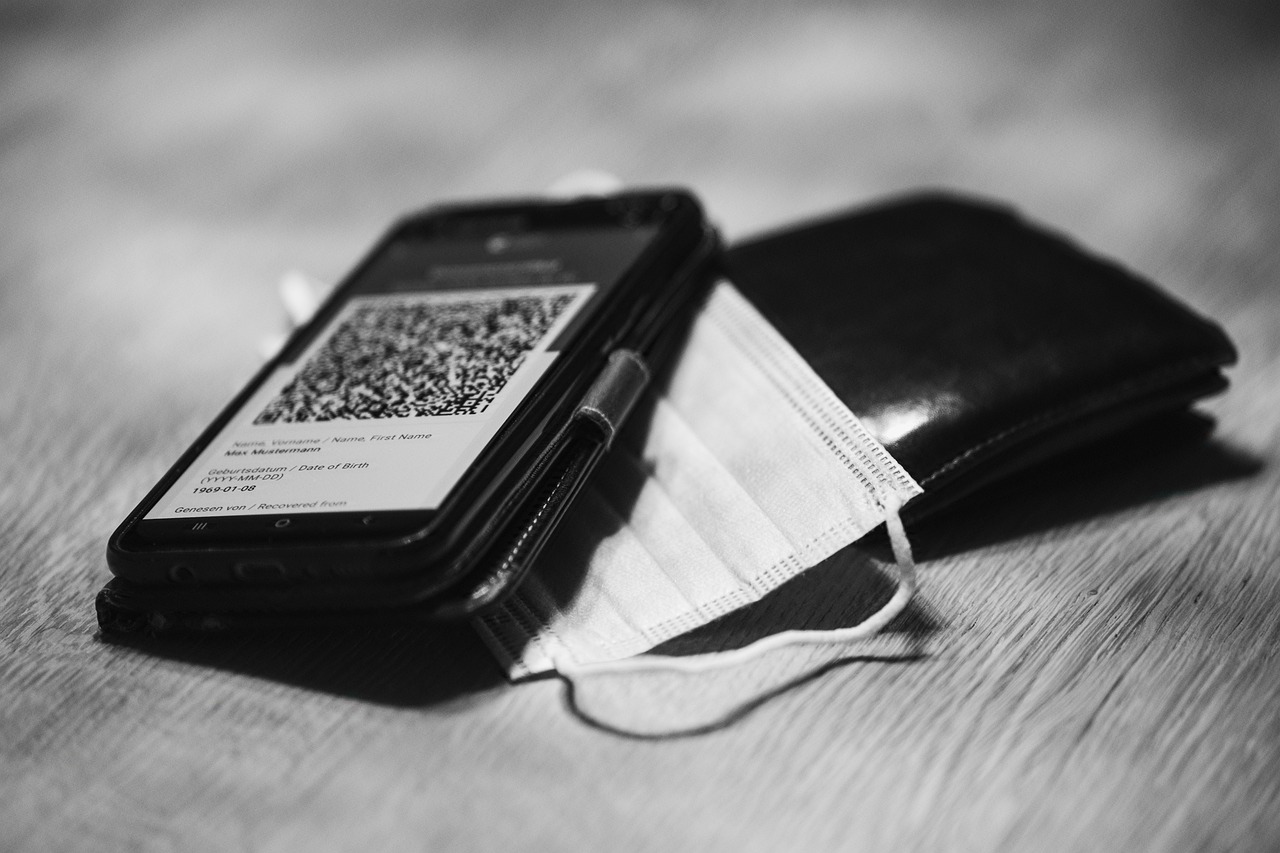
Choosing the Right Wallet Type
When it comes to managing your digital assets, choosing the right wallet type is crucial. With the growing popularity of cryptocurrencies and limited-edition digital releases, collectors need to make informed decisions on how to store their valuable items securely. So, what are the options available? Essentially, there are two main types of digital wallets: hot wallets and cold wallets. Each has its own set of advantages and disadvantages that cater to different user needs and preferences.
Hot wallets are online wallets that provide instant access to your digital assets. Imagine having your favorite collectibles at your fingertips, ready to trade or showcase at a moment's notice. However, this convenience comes at a price—hot wallets are more vulnerable to hacking and cyber threats. If you’re someone who frequently engages in transactions and values accessibility, a hot wallet might be the right choice for you, but it's essential to implement robust security measures.
On the flip side, cold wallets offer a more secure option by storing your assets offline. Think of them as a safe deposit box for your digital valuables. While this method might not be as convenient for quick transactions, it significantly reduces the risk of theft or hacking. If you’re a collector who values the security of your limited-edition releases over immediate access, then a cold wallet could be the best fit.
To help you make an informed choice, let's break down the pros and cons of each wallet type:
| Wallet Type | Pros | Cons |
|---|---|---|
| Hot Wallet |
|
|
| Cold Wallet |
|
|
Ultimately, the choice between a hot wallet and a cold wallet boils down to your personal needs and how you plan to interact with your digital assets. If you’re a casual collector who enjoys trading often, a hot wallet may serve you well. Conversely, if you’re serious about safeguarding your limited-edition releases for the long haul, opting for a cold wallet is a wise decision. Remember, it’s all about finding that perfect balance between security and accessibility.

Hot Wallets
Hot wallets are digital wallets that are connected to the internet, making them incredibly convenient for everyday transactions. Imagine you're at a virtual auction for a limited-edition collectible, and you see the item you've been waiting for. With a hot wallet, you can make that purchase instantly, without the hassle of transferring funds from another source. However, while the ease of access is a significant advantage, it’s essential to understand the potential risks involved. Since hot wallets are online, they can be vulnerable to hacks and phishing attacks, which could lead to losing your valuable digital assets.
When considering a hot wallet for limited-edition releases, think of it as a double-edged sword. On one side, you have the flexibility and speed that allows you to act quickly in competitive environments. On the flip side, the constant connection to the internet exposes your wallet to potential threats. This is why it’s crucial to weigh the pros and cons carefully before diving in. Here are some benefits and risks associated with using hot wallets:
- Benefits:
- Quick access to funds for immediate transactions.
- User-friendly interfaces that are easy to navigate.
- Compatibility with various platforms and devices.
- Risks:
- Higher susceptibility to cyber attacks.
- Potential for loss due to human error, such as forgetting passwords.
- Dependence on internet connectivity for access.
To mitigate these risks while enjoying the benefits, it's essential to implement robust security measures. This includes using strong passwords and enabling two-factor authentication. It's like adding extra locks to your front door; the more barriers you have, the harder it is for intruders to gain access. Regular software updates are also vital, as they often include patches for security vulnerabilities that could be exploited by malicious actors.
In summary, hot wallets serve as an excellent tool for collectors and enthusiasts who need quick access to their digital assets. However, they require a proactive approach to security. By understanding the balance between convenience and risk, you can make informed decisions that protect your limited-edition releases while allowing you to enjoy the thrill of collecting.
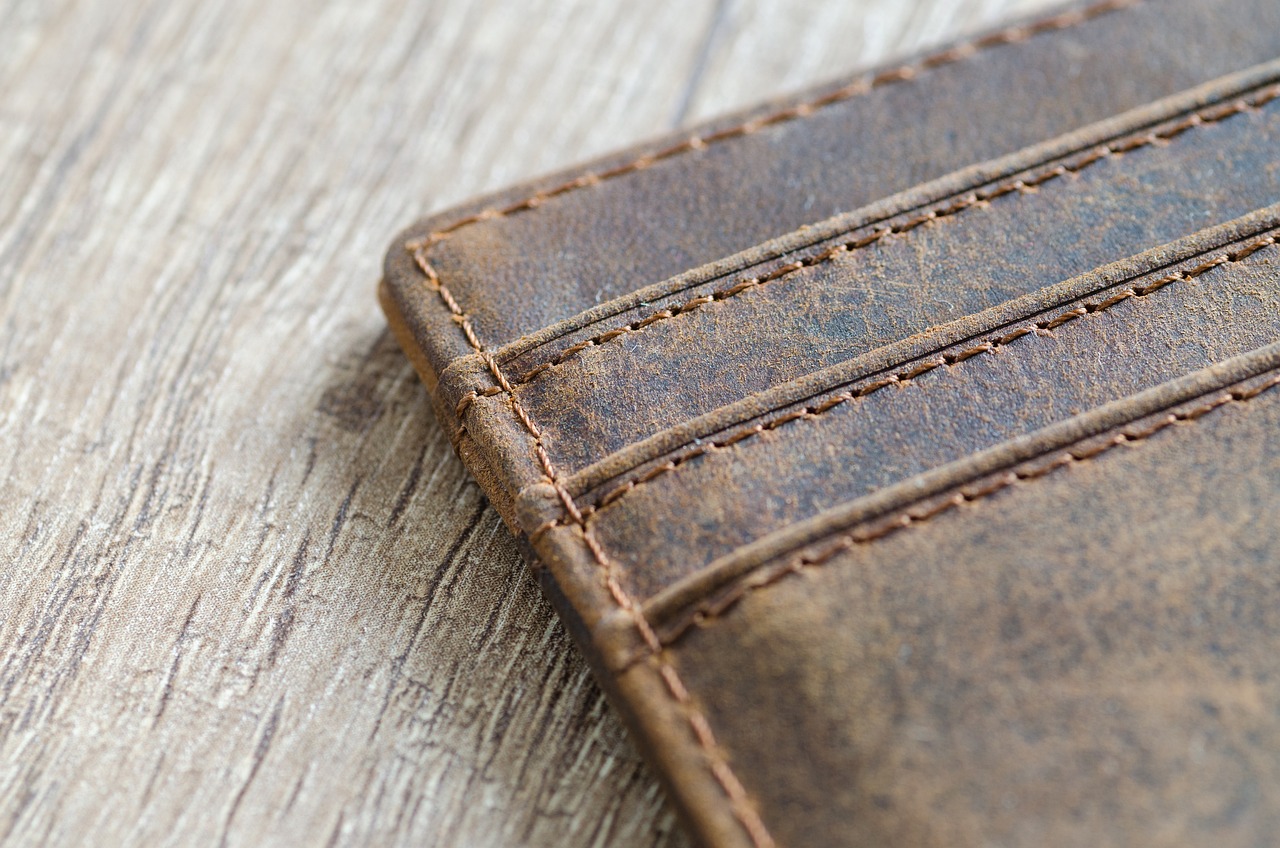
Security Measures for Hot Wallets
When it comes to using hot wallets, security should be your top priority. These wallets, while incredibly convenient for quick transactions, expose you to certain risks due to their constant connection to the internet. Therefore, implementing robust security measures is essential to protect your digital assets from potential threats. One of the first steps you should take is to enable two-factor authentication (2FA). This adds an extra layer of security by requiring not just your password but also a second form of verification, such as a code sent to your mobile device. Think of it as having a double lock on your front door; it makes it much harder for intruders to get in.
Another important measure is to keep your wallet software up to date. Just like you would regularly update your smartphone to protect against vulnerabilities, the same goes for your hot wallet. Developers frequently release updates to patch security flaws, so staying current can significantly reduce your risk of being hacked. Additionally, consider using a reputable antivirus program on your device. This acts as a shield against malicious software that could compromise your wallet's security.
Furthermore, be cautious about the networks you use to access your hot wallet. Avoid public Wi-Fi whenever possible, as these networks can be breeding grounds for hackers looking to steal sensitive information. If you must use a public connection, consider using a Virtual Private Network (VPN) to encrypt your internet traffic, making it more difficult for prying eyes to intercept your data.
Lastly, it’s wise to regularly review your wallet's transaction history. By keeping an eye on your activities, you can quickly spot any unauthorized transactions and take action before things escalate. Remember, the best defense is a good offense. The more proactive you are about your wallet's security, the safer your limited-edition assets will be.
- What is a hot wallet? A hot wallet is a digital wallet that is connected to the internet, allowing for easy access to your cryptocurrency and digital assets, but it comes with increased security risks.
- How can I enhance the security of my hot wallet? You can enhance security by enabling two-factor authentication, keeping your software updated, using antivirus protection, avoiding public Wi-Fi, and regularly reviewing your transaction history.
- Is it safe to store large amounts of cryptocurrency in a hot wallet? While hot wallets are convenient for small transactions, it’s generally safer to store larger amounts in cold wallets, which are offline and less vulnerable to hacks.
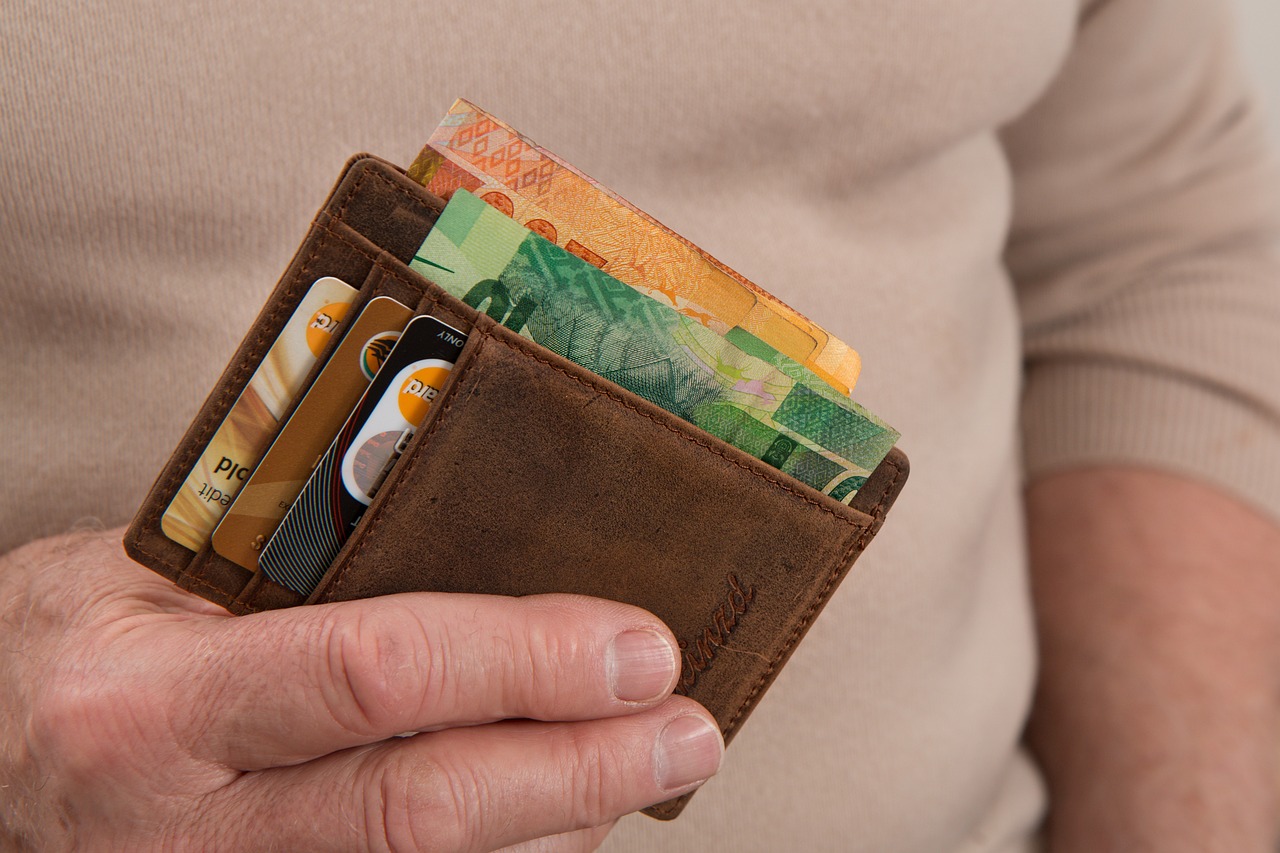
Best Hot Wallet Options
When it comes to selecting a hot wallet for your limited-edition releases, the choices can feel overwhelming. However, the right wallet can make all the difference in terms of usability, security, and overall experience. Here are some of the best hot wallet options currently available, each with its unique features that cater to collectors and enthusiasts alike.
1. Exodus Wallet - Exodus is known for its user-friendly interface, making it perfect for beginners. It supports a wide range of cryptocurrencies, allowing you to manage multiple assets in one place. The wallet also features an integrated exchange, enabling you to swap cryptocurrencies easily. However, while it’s convenient, keep in mind that Exodus is not open-source, which may raise some security concerns for advanced users.
2. MetaMask - If you're diving into the world of NFTs and decentralized applications (dApps), MetaMask is a must-have. This browser extension wallet allows you to interact with the Ethereum blockchain seamlessly. Its intuitive design makes it easy to manage your tokens, but remember to exercise caution when connecting to third-party sites to avoid phishing attacks.
3. Trust Wallet - Trust Wallet is a mobile wallet that supports a vast array of cryptocurrencies and tokens. Its built-in Web3 browser allows you to access decentralized exchanges and dApps directly from the wallet. Trust Wallet is open-source, which adds an extra layer of transparency. However, being a mobile wallet, it's essential to ensure your device is secure to prevent unauthorized access.
4. Atomic Wallet - Atomic Wallet is another great option that offers a decentralized approach to cryptocurrency management. It supports over 500 coins and tokens and includes a built-in exchange feature. One of its standout features is the ability to stake certain cryptocurrencies directly within the wallet to earn rewards. However, users should be cautious about keeping their private keys secure, as Atomic Wallet is a non-custodial wallet.
When choosing a hot wallet, consider factors such as security features, ease of use, and the cryptocurrencies you plan to manage. Each of these wallets has its strengths and weaknesses, so it's crucial to evaluate what aligns best with your specific needs. Remember, while hot wallets offer convenience, they also come with risks, so always practice good security hygiene.
In addition to the wallet options mentioned, it's essential to stay updated on the latest developments in the crypto space. New wallets and features are continually being introduced, which can enhance your experience and security. Always do your research before committing to a wallet, and consider joining online communities or forums where you can learn from other users' experiences.
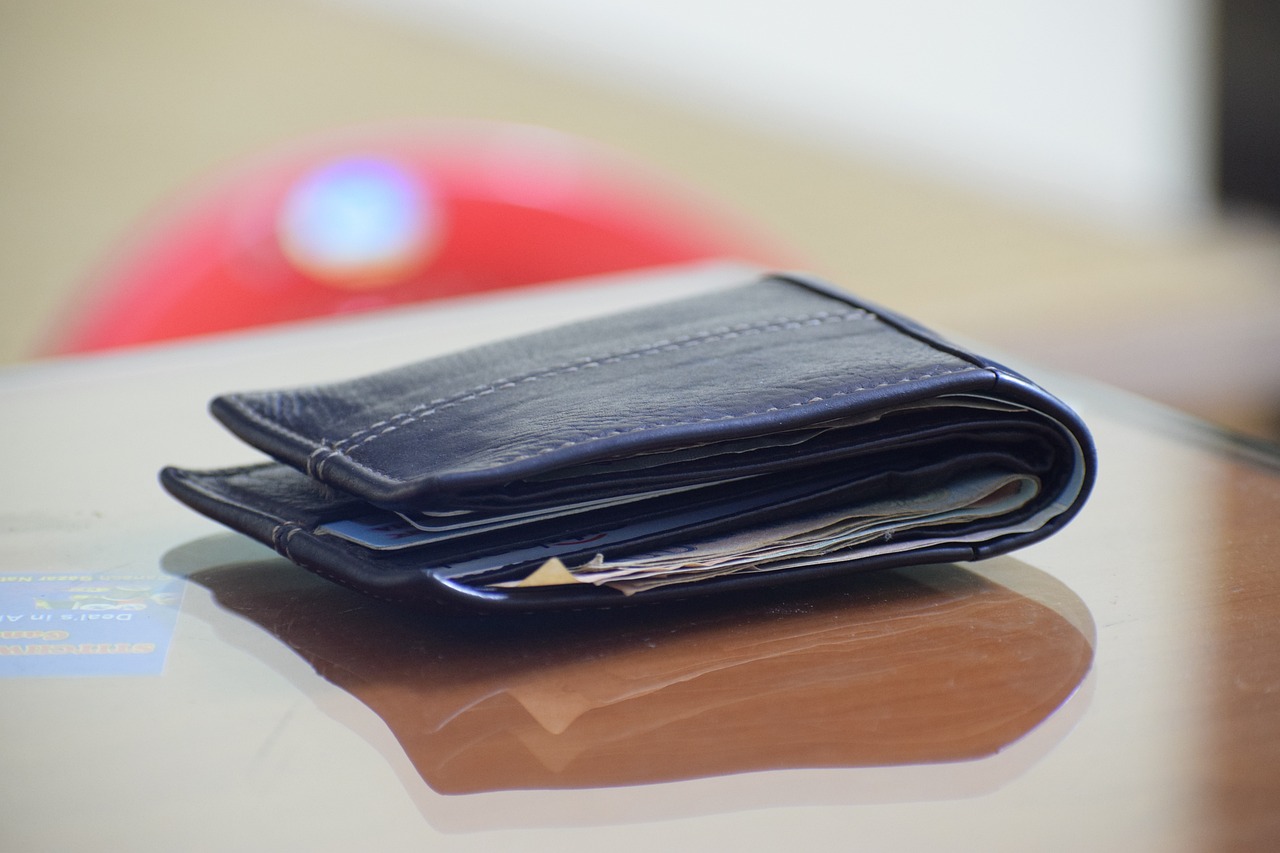
Cold Wallets
When it comes to safeguarding your digital assets, emerge as the champions of security. Unlike their hot counterparts, cold wallets are not connected to the internet, making them less vulnerable to hacking and online threats. Imagine storing your prized possessions in a safe within your home rather than leaving them out in the open; that’s the essence of using a cold wallet. They are perfect for collectors and enthusiasts who want to keep their limited-edition releases secure, ensuring that their investments are protected against the unpredictable nature of the digital landscape.
One of the main advantages of cold wallets is their ability to provide a high level of security. By keeping your private keys offline, you significantly reduce the risk of unauthorized access. This is especially important for limited-edition releases, where the value can skyrocket, and the desire to steal them can be equally high. Cold wallets come in various forms, including hardware wallets and paper wallets. Hardware wallets are physical devices that store your keys securely, while paper wallets involve printing your keys on paper, which you then store in a safe place. Both methods have their own merits, but the key takeaway is that they serve the same purpose: protecting your assets.
However, it’s important to note that while cold wallets offer superior security, they do come with some drawbacks. For instance, accessing your assets can be less convenient compared to hot wallets. If you need to make a quick transaction or want to take advantage of a limited-time offer, the process can be a bit cumbersome. Additionally, if you lose your cold wallet or forget your recovery phrase, recovering your assets could be nearly impossible. Therefore, it’s crucial to weigh the pros and cons before deciding whether a cold wallet is the right choice for you.
In summary, cold wallets are a fantastic option for anyone serious about protecting their digital assets, especially when it comes to limited-edition releases. They offer unmatched security, but with that security comes a level of inconvenience that you should be prepared for. Just like a treasure chest, cold wallets require careful handling and proper storage. Treat them with the respect they deserve, and you’ll ensure that your valuable digital collectibles remain safe for years to come.
As you consider your options, remember that the right wallet for you ultimately depends on your specific needs as a collector or investor. Weigh the importance of security against accessibility, and choose a solution that aligns with your goals. The world of digital assets is exciting, and with the right tools, you can navigate it with confidence.
- What is a cold wallet? A cold wallet is an offline storage solution for digital assets, providing enhanced security against online threats.
- How do I set up a cold wallet? Setting up a cold wallet usually involves purchasing a hardware wallet or creating a paper wallet and securely storing your private keys.
- Are cold wallets completely safe? While cold wallets are much safer than hot wallets, they are not entirely risk-free. Losing access to your wallet or forgetting your recovery phrase can lead to loss of assets.
- Can I use a cold wallet for quick transactions? Cold wallets are not ideal for quick transactions due to their offline nature. They are better suited for long-term storage of valuable assets.

Setting Up Your Wallet
Setting up your digital wallet is a crucial step in your journey as a collector of limited-edition releases. Think of it as building a secure vault for your prized possessions in the digital realm. The process may seem daunting at first, but with the right guidance, it can be as simple as pie. Let’s break it down into manageable steps so you can get started without any hiccups.
The first step in setting up your wallet is to choose the right platform. There are numerous wallets available, each with its unique features and security measures. When selecting a wallet, consider factors such as user interface, security protocols, and compatibility with the types of digital assets you plan to store. Once you've made your choice, download the wallet application or visit the website to begin the setup process.
After installing the wallet, you’ll need to create an account. This typically involves providing an email address and creating a password. Remember, your password is your first line of defense against unauthorized access. It should be strong, unique, and not easily guessable. A good rule of thumb is to use a combination of upper and lower case letters, numbers, and special characters. Avoid using personal information, such as birthdays or names, which can be easily obtained by others.
Next, you’ll be prompted to set up a recovery phrase or seed phrase. This is a series of words that acts as a backup for your wallet. If you ever lose access to your wallet, this phrase will allow you to restore it. Write it down on paper and store it in a safe place—not on your computer or phone, where it can be easily hacked. Think of it like the key to your vault; if you lose it, you might never get back in!
Once your account is created and your recovery phrase is secured, it’s time to explore the wallet's features. Familiarize yourself with how to send and receive digital assets, check your balance, and manage your transactions. Many wallets offer tutorials or guides, so don’t hesitate to take advantage of these resources. The more comfortable you are with your wallet, the easier it will be to manage your limited-edition releases.
Lastly, consider implementing additional security measures. Enable two-factor authentication (2FA) for an extra layer of protection. This means that even if someone steals your password, they won't be able to access your wallet without a second form of verification, such as a code sent to your phone. Regularly updating your wallet software is also essential, as updates often include security enhancements that help protect your assets from emerging threats.
In summary, setting up your digital wallet involves choosing the right platform, creating a secure account, backing up your wallet with a recovery phrase, familiarizing yourself with the features, and implementing strong security measures. By following these steps, you'll be well on your way to safeguarding your limited-edition releases in the digital world.
- What is a digital wallet? A digital wallet is a software application that allows you to store, send, and receive digital assets securely.
- How do I choose the right wallet? Consider factors like security features, user interface, and compatibility with your digital assets when selecting a wallet.
- What is a recovery phrase? A recovery phrase is a series of words that allows you to restore access to your wallet if you lose it.
- How can I enhance my wallet's security? Implement two-factor authentication and regularly update your wallet software to improve security.
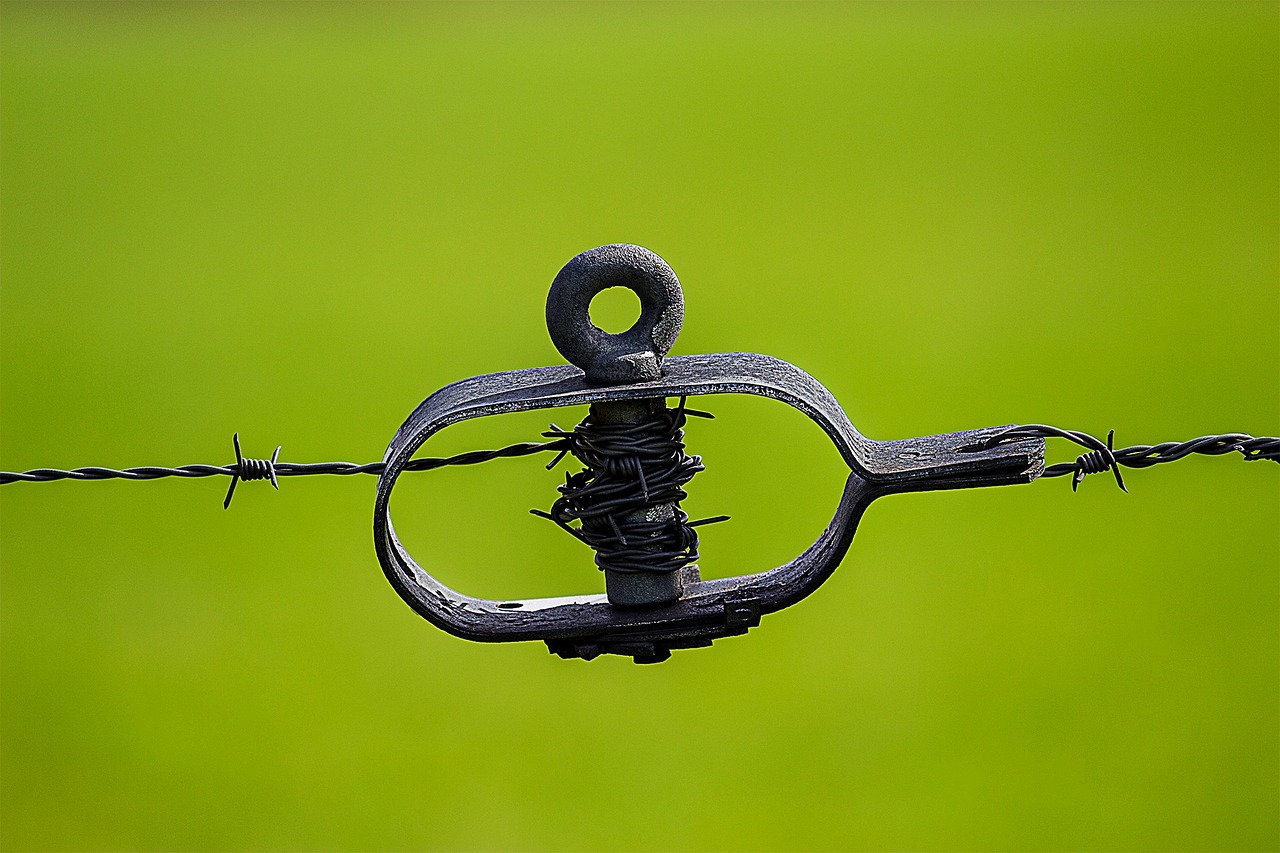
Creating a Secure Password
When it comes to securing your digital wallet, creating a strong password is your first line of defense. Think of your password as the key to a treasure chest; if it’s weak, anyone can waltz right in and take your valuable assets. So, how do you craft a password that stands up against the most determined intruders? Here are some essential tips to keep in mind:
First off, aim for a password that is at least 12 characters long. The longer your password, the harder it is for someone to crack it. Combine uppercase letters, lowercase letters, numbers, and special characters to create a complex mix that’s not easily guessable. For instance, instead of using "Password123", try something like "Giraffe$Jump9&Sunset!". This combination not only makes it difficult for hackers but also adds a personal touch that you can remember.
Another important aspect is to avoid using easily accessible information. You might love your pet or have a favorite sports team, but using names or dates that are publicly available can be risky. Instead, think of a phrase or a sentence that’s meaningful to you and use the first letter of each word combined with numbers and symbols. For example, "I love to travel every summer!" could become "Il2t3s!". This method not only makes your password unique but also memorable.
To further enhance your password security, consider using a password manager. These tools can generate and store complex passwords for you, so you don’t have to remember each one. Just make sure to secure your password manager with a strong master password. Additionally, enable two-factor authentication (2FA) whenever possible. This adds an extra layer of security, requiring you to verify your identity through a second method, like a text message or an authentication app, before accessing your wallet.
Lastly, it’s crucial to change your passwords regularly. Just like you wouldn’t want to wear the same outfit every day, keeping your passwords fresh can help deter potential threats. If you suspect that your password has been compromised, change it immediately. Remember, a good password is like a good lock; it should be strong, unique, and regularly updated.
In summary, creating a secure password is not just about following a set of rules; it’s about cultivating a habit of security that protects your digital assets. By implementing these strategies, you can rest easy knowing that your limited-edition releases are safeguarded against potential threats.

Back-Up and Recovery Options
When it comes to digital wallets, backing up your wallet is not just a precaution; it's a necessity. Imagine losing access to a treasure chest filled with your most prized possessions—this is what it feels like to lose a digital wallet without a backup. To ensure that you can always access your assets, you need to implement reliable backup and recovery options. So, let’s dive into how you can effectively safeguard your digital treasures!
First and foremost, you should consider the different methods available for backing up your wallet. Most wallets offer a seed phrase or recovery phrase, which is a series of words that act as a key to your wallet. This phrase is crucial because it allows you to recover your wallet if you lose access to your device. Always store this phrase in a secure location, preferably offline, to prevent unauthorized access. Think of it as the key to your house; you wouldn’t leave it lying around for anyone to find, right?
Another effective backup method is to create a wallet backup file. This file can usually be exported from your wallet application and should also be stored securely. Just like your seed phrase, make sure to keep this file in a safe place, such as an encrypted USB drive or a secure cloud storage service with strong encryption. Regularly updating your backup is equally important, especially after making significant transactions or adding new assets to your wallet.
What happens if you lose your seed phrase or backup file? Don’t panic—there are still recovery options available. Many wallets offer customer support that can guide you through the recovery process, but this often requires some verification steps. It’s essential to familiarize yourself with your wallet provider's recovery policies. Also, consider enabling two-factor authentication (2FA) as an added layer of security, which can help in the recovery process.
To summarize, here are the key backup and recovery options you should consider:
- Seed Phrase: Always store it securely and offline.
- Wallet Backup File: Export and store it in a secure location.
- Customer Support: Know your wallet provider's recovery options.
- Two-Factor Authentication: Enable it for added security.
By following these steps, you can ensure that your digital wallet is not only secure but also recoverable in case of unforeseen circumstances. Remember, the digital world can be unpredictable, but with a solid backup and recovery strategy, you can navigate it with confidence.
Q1: What is a seed phrase?
A seed phrase is a series of words generated by your wallet that allows you to recover your assets if you lose access to your wallet.
Q2: How often should I back up my wallet?
You should back up your wallet every time you make significant changes, such as adding new assets or making a large transaction.
Q3: Can I recover my wallet without a seed phrase?
It can be challenging to recover your wallet without a seed phrase or backup file, but some wallet providers offer customer support to assist you through the recovery process.
Q4: Is it safe to store my seed phrase online?
No, it’s best to keep your seed phrase offline in a secure location to prevent unauthorized access.
Frequently Asked Questions
- What is a digital wallet?
A digital wallet is a secure software application that allows you to store, send, and receive cryptocurrencies and digital assets. Think of it as your online bank account, but instead of dollars, you’re dealing with digital currencies and collectibles!
- What are the different types of digital wallets?
There are mainly two types of digital wallets: hot wallets and cold wallets. Hot wallets are connected to the internet, making them convenient for quick transactions. Cold wallets, on the other hand, are offline storage solutions that offer enhanced security for your assets. It's like the difference between keeping your cash in your pocket versus a safe at home!
- How do I choose the right wallet for limited-edition releases?
When choosing a wallet for limited-edition releases, consider factors like security, ease of use, and whether you prefer quick access (hot wallet) or enhanced security (cold wallet). It’s essential to weigh the pros and cons of each type to find what suits your needs best.
- What security measures should I implement for my hot wallet?
To secure your hot wallet, you should enable two-factor authentication, use a strong and unique password, and regularly update your software. These steps are crucial in protecting your assets from potential threats.
- Can you recommend some popular hot wallets?
Sure! Some popular hot wallets include MetaMask, Trust Wallet, and Exodus. Each of these wallets offers unique features and user experiences, making them suitable for various collectors and enthusiasts.
- What are the benefits of using a cold wallet?
Cold wallets provide enhanced security by keeping your assets offline, making them less vulnerable to hacking and online threats. They are ideal for long-term storage of valuable limited-edition assets.
- How do I set up my digital wallet?
Setting up your digital wallet typically involves downloading the wallet app, creating an account, and following the setup instructions. Make sure to choose a strong password and enable security features to protect your assets.
- What should I consider when creating a secure password?
Your password should be at least 12 characters long, include a mix of letters, numbers, and special characters, and avoid using easily guessable information. Think of it as the key to your treasure chest—make it strong!
- How can I back up my wallet?
Backing up your wallet can be done by creating a recovery phrase or seed phrase during the setup process. Write it down and store it in a safe place. This will allow you to recover your wallet in case you lose access!



